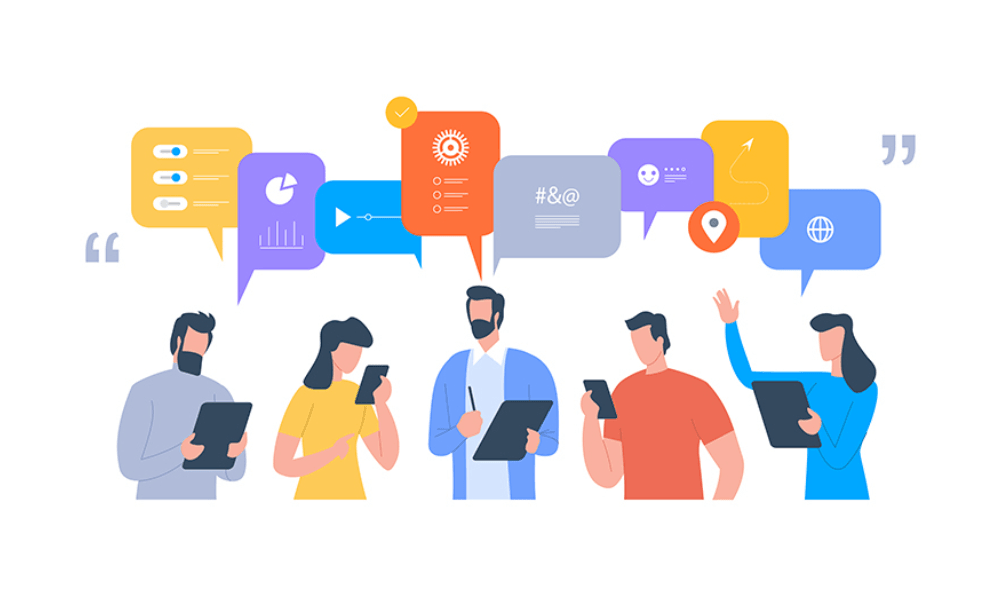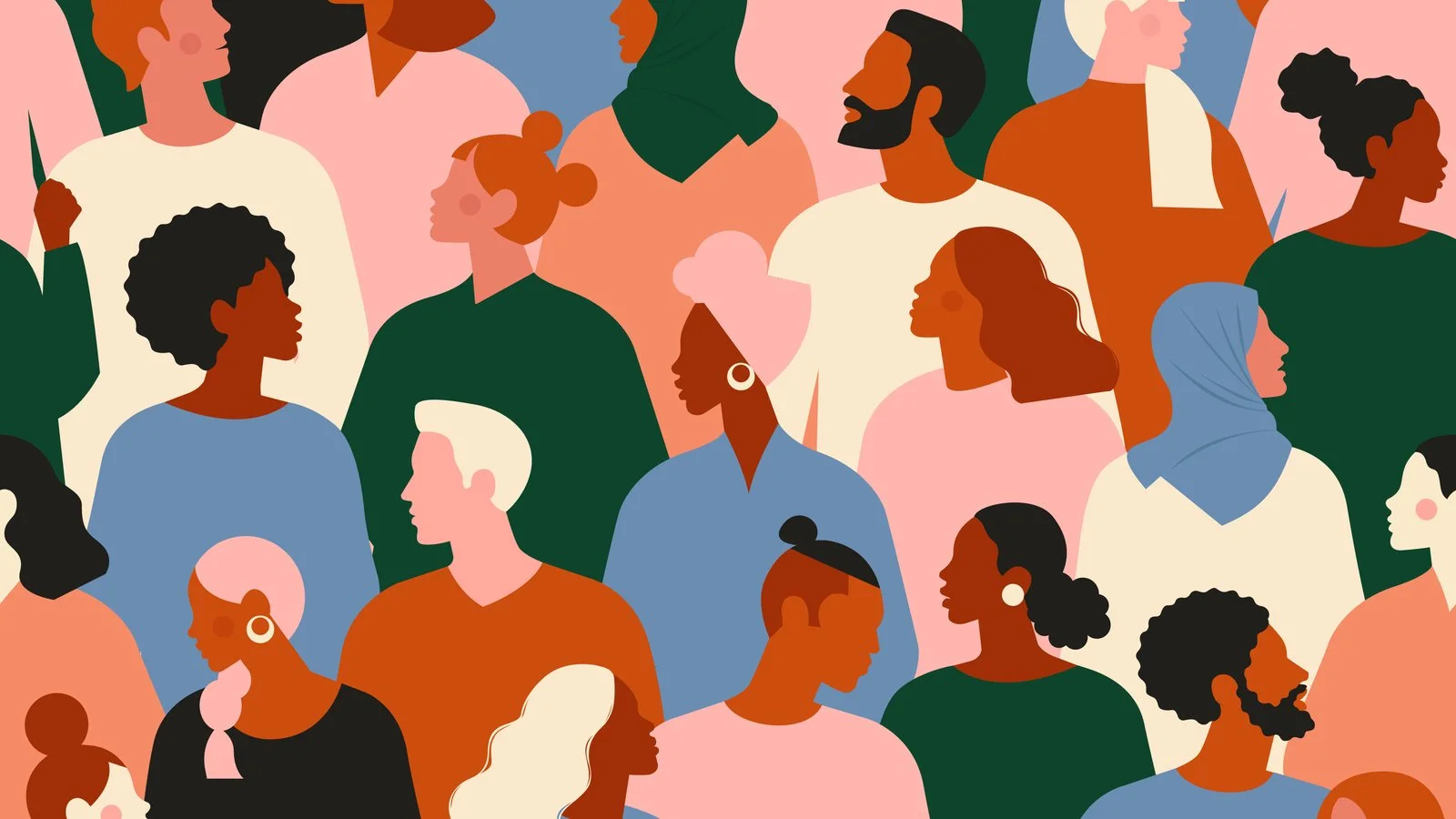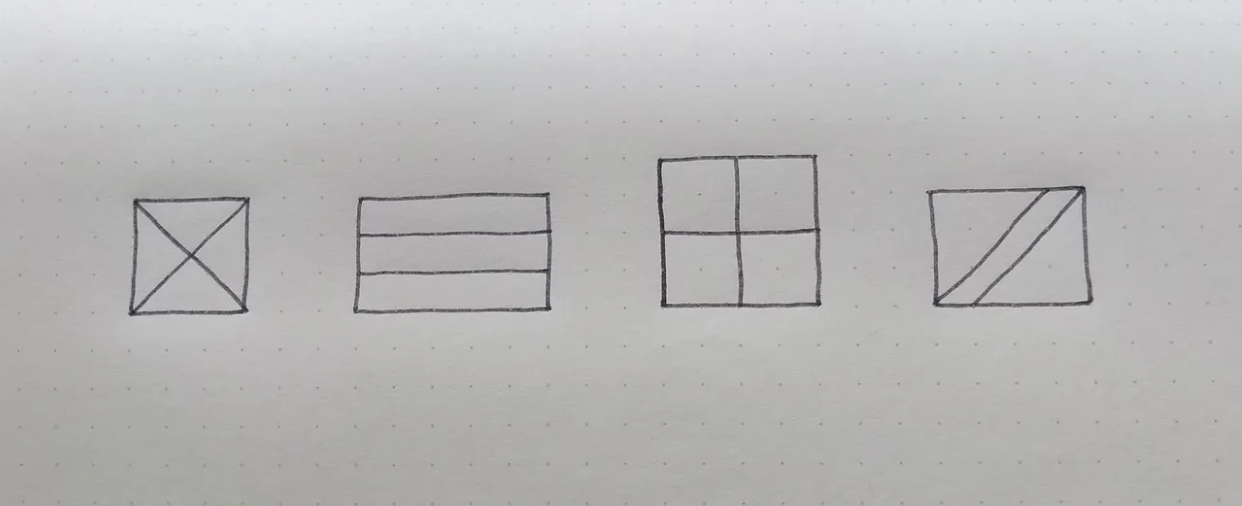Our lives are arguably busier and more scheduled than ever before. My experience of the pace of society in a developed community is that it’s fast and full. This has been enabled through advancements in technology; from the birth of industry through to the powerful computers we carry in our pockets. We are more connected and informed than ever and yet statistics concerning our mental health show a concerning picture of greatly increased illness. Our wonderful brains have masterminded the most incredible inventions to aid and ease our existence, while our primitive bodies have evolved little since the times of our ancient ancestors, who lived very different lives.
In a time of immediacy and publicly broadcasted lives, we have high expectations of ourselves and others. We are social beings who were created to connect with others and form relationships, however there is a limit to this. Robin Dunbar carried out a study, referred to as ‘Dunbar’s Number’, that concluded there is a limit to the number of stable meaningful relationships we can commit to. We have the capacity for a close inner circle of 5 relationships and a maximum capacity of 150 relationships in our widest social circle. Our online connections push this far beyond its limit. We are able, and even expected, to maintain relationships no matter where we are in the world and even form connections with people we have never met in the flesh. We can be reached and communicated with at any time of the day and night. We are over stretched.
Our cognitive biases play a critical role in how we experience every interaction and form an opinion about the world around us. These biases are an unintentional shortcut in our thinking, whereby we simplify and filter information, often to benefit ourselves or reinforce our own point of view. Online broadcasts, social media, 24/7 news and the conversations that accompany these, play into our biases in a sensationalist way. We may see technology as a benign and helpful tool, however many design decisions have been made to take advantage of our human vulnerabilities and blindspots, to keep us engaged and reliant upon what it offers us. Comparing our lives to the filtered and curated lives on social media skews our perspective of what real life is like, for us all.
Our brains still operate off primal signals and responses. In moments of stress our ancient brain believes we are in immediate physical danger and reacts accordingly with the release of ‘cortisol’ hormones to gear us up for fight or flight, in order to survive. Similarly, when we experience something happy, joyful, fulfilling and rewarding, we get a little hit of ‘dopamine’ hormones. Historically, this would have been through a real world experience or interaction - a hug from a loved one or seeing a friend, but now we can trigger little drips of dopamine through checking our phones and seeing that we have notifications. A little red dot on an app icon is a hit in itself. And this is addictive, because we love feeling that happy feeling.
I read a great book called ‘How to Break Up With Your Phone: The 30 Day Plan to Take Back Your Life’ by Catherine Price. It’s a dramatic title and was an eye opening and challenging step through realising how dependent I was on my phone, followed by a gradual break-up plan to start to sever those unconscious bonds that had formed without me noticing. It’s not our fault though, because the tech is designed to hook us in and keep us engaged. It’s good for business! But isn’t it interesting to know that a lot of people working in the big tech companies such as Google and Facebook won’t allow their children to have access to social media?! Because they know how powerful the addiction is and how manipulative and intrusive these platforms are. Many online interactions have been designed, honed and streamlined to take advantage of our biological make-up, knowing that humans crave connection, validation and reassurance, whilst also being prone to compare ourselves and our experiences to others and aspire for more. It can be toxic. The candid and exposing documentary ‘The Social Dilemma’ takes a bold step to expose these truths and, along with the Center for Humane Technology, is a necessary voice standing up against the gargantuan tech industry.
We have an obligation to honour our hardwiring and know that the pace and expectations of modern life in the developed world are more than we’re biologically programmed to cope with. We need to take time to switch off, to not be accessible, to recharge and focus on the most meaningful and intimate relationships in our lives. This, however, puts the onus on us as individuals to be aware of our relationship with technology and have the willpower to want to make a change and step off the treadmill. Can there be a happy middleground where technology can serve us at a healthy level, rather than ruling us? For now the shift is slow, but people like Tristan Harris, Co-Founder of the Center for Humane Technology, have been making significant strides by speaking in congress and encouraging the tech giants to work together, set aside their race to the top, and consider the fallout of their money minded decisions in terms of human wellbeing. Lifting the lid on the industry and revealing the dark truths is the start of urging and encouraging product owners and designers to take accountability for the powerful position they are in to influence society and affect future generations, and crucially put in place legislation and monitoring for the better. It’s been a closed and secretive world dominated by few, who have made all the decisions on behalf of the masses. It is beyond time to redress that power dynamic.





